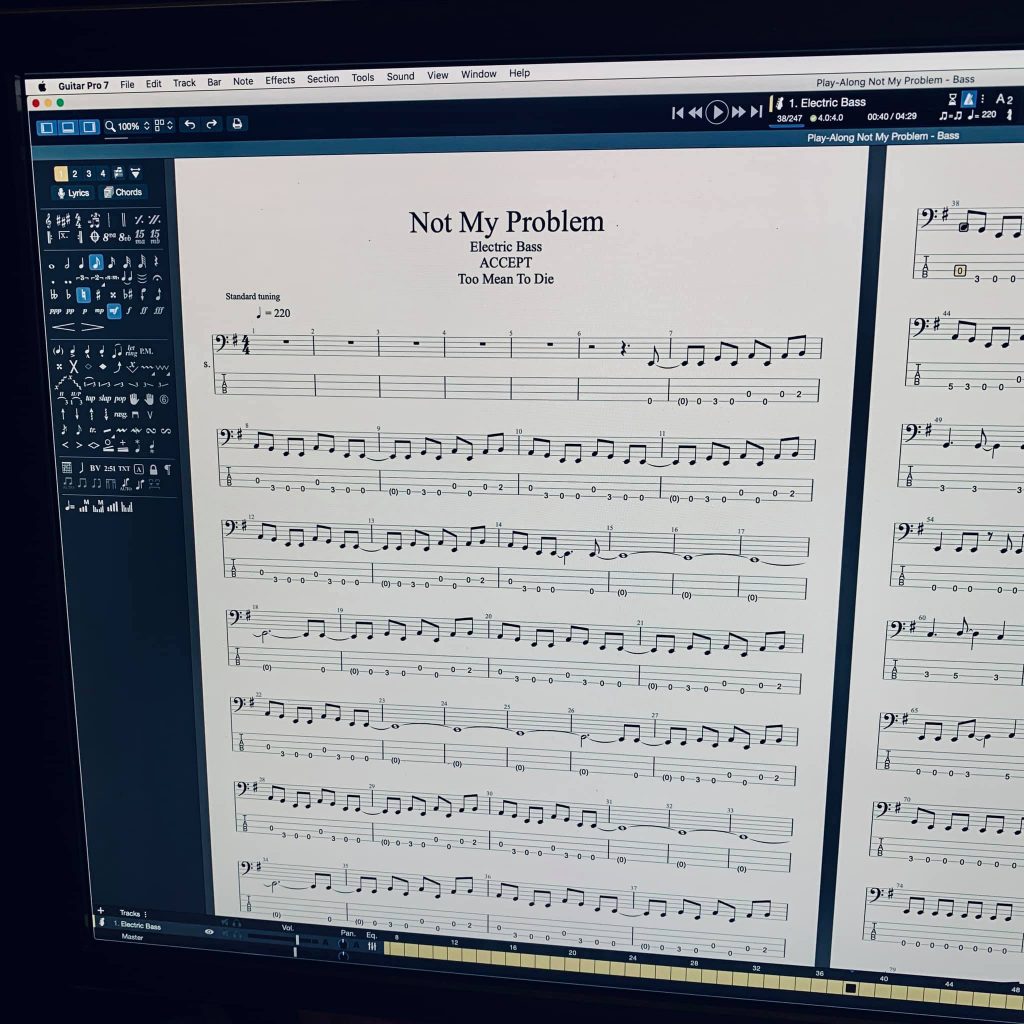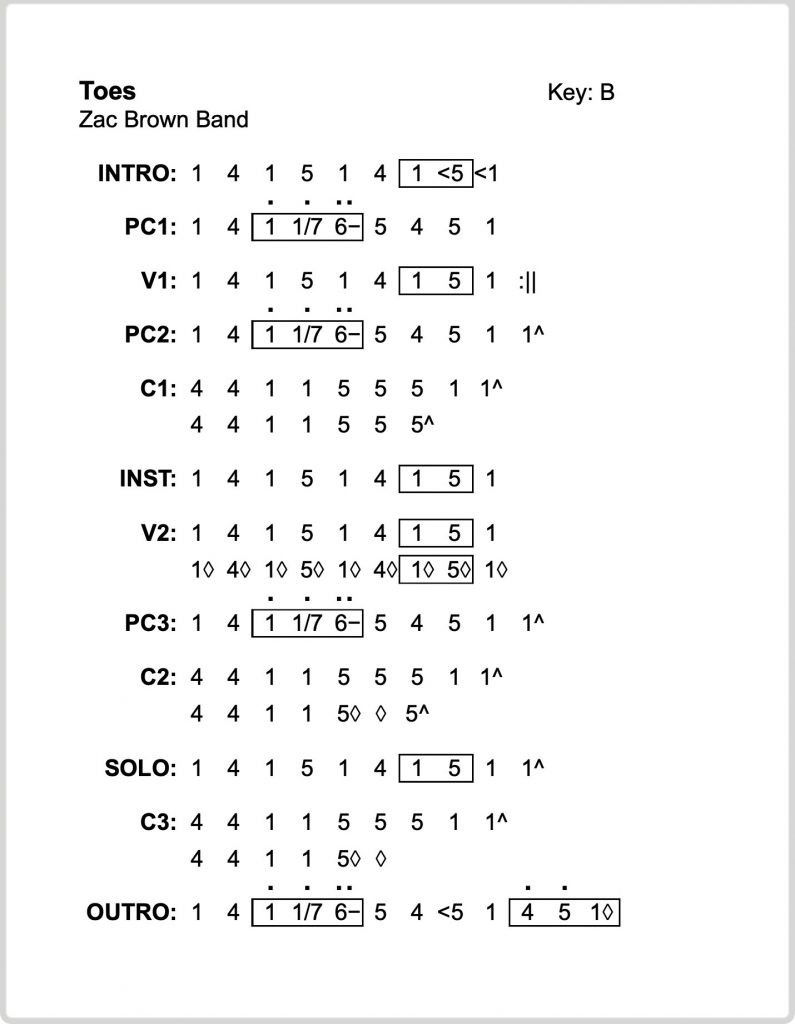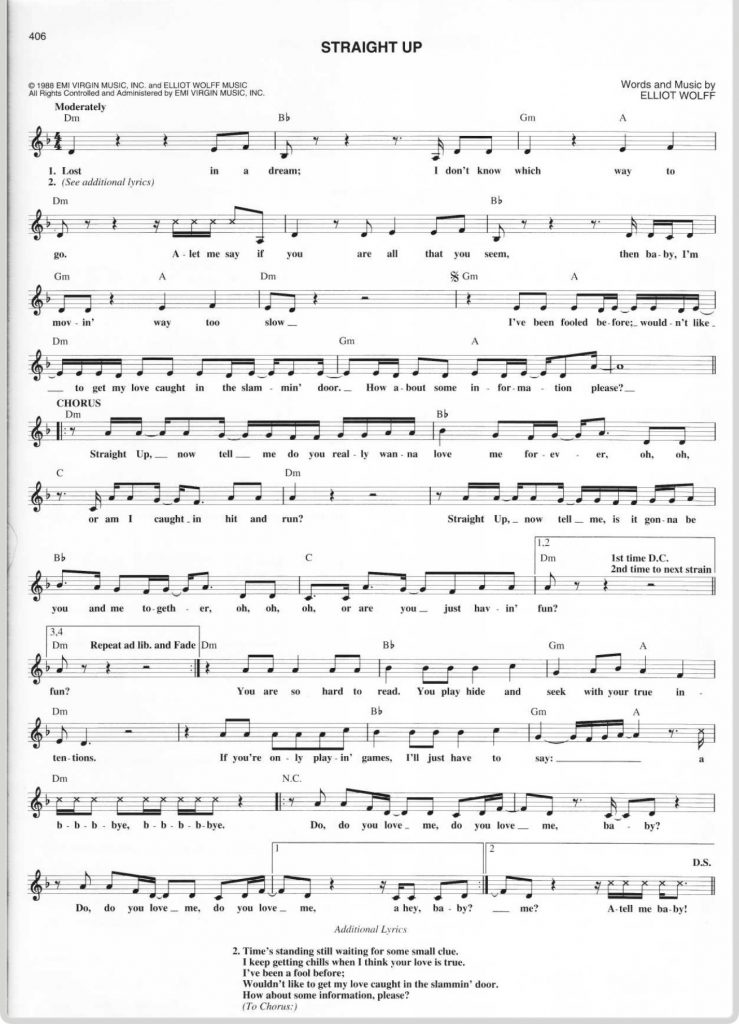Learn to Read & Read to Learn

While it’s not necessary to be a proficient reader to play the electric bass, learning to read music can be a helpful skill to have. It can open up a wider range of musical opportunities and help you understand and interpret different styles of music.
Learning to read music can be a valuable skill for electric bass players. While it’s not necessary to be a proficient reader to play the electric bass, being able to read music can open up a wider range of musical opportunities and help you understand and interpret different styles of music. Here are a few things to consider as you learn to read music:
- Start with the basics: Begin by learning the basic elements of music notation, such as the staff, clefs, and note values. There are many instructional resources available online and in music stores that can help you get started.
- Practice reading melodies: Once you’ve mastered the basic elements of music notation, try reading simple melodies in different keys. You can find melodies to practice with in instructional books or online.
- Learn to read chord charts: Chord charts are diagrams that show the chords used in a song and their corresponding fingerings. Learning to read chord charts can help you understand the structure of a song and play along with other musicians.
- Practice sight-reading: Sight-reading is the ability to read and play music on the spot without any prior preparation. Practice sight-reading to develop your skills and improve your ability to interpret music on the fly.
- Find a teacher or mentor: A teacher or mentor can be a valuable resource as you learn to read music. Look for someone who can provide guidance and feedback as you develop your skills.
By starting with the basics and practicing regularly, you’ll be able to develop your reading skills and become a more proficient electric bass player.

Here are a few more things to consider as you continue learning to read music:
- Practice regularly: Like any skill, reading music requires practice to improve. Make a habit of setting aside time each day to practice reading music and you’ll see steady progress in your skills.
- Use instructional resources: There are many instructional resources available online and in music stores that can help you learn to read music. Look for books, DVDs, or online lessons that are tailored to your skill level and musical interests.
- Play along with sheet music: One of the best ways to practice reading music is to play along with sheet music. Find music that is appropriate for your skill level and play along to develop your reading skills.
- Use a metronome: A metronome is a device that produces a regular, pulsing sound that can help you keep time while practicing. Using a metronome can help you develop a solid sense of timing and improve your accuracy when reading music.
- Seek out performance opportunities: Playing music in front of an audience is a great way to practice reading music and build your confidence. Look for opportunities to perform, such as open mic nights or local music events, and use them to practice your reading skills.
By practicing regularly and using instructional resources, you’ll be able to develop your reading skills and become a more proficient electric bass player.
A Speedy Way to Charting Music – The Nashville Number System
The Nashville Number System (NNS) is a method of transcribing music that uses numbers to represent chords and melodies rather than traditional music notation. It was developed in the 1950s in Nashville, Tennessee, as a way for session musicians to quickly learn and play new songs without having to sight-read traditional notation.
In the NNS, each chord is assigned a number based on its function in the key of the song. For example, the chord of the tonic (the first note of a scale) is assigned the number 1, the chord of the subdominant (the fourth note of a scale) is assigned the number 4, and the chord of the dominant (the fifth note of a scale) is assigned the number 5. Melodies are also transcribed using numbers, with each note of the scale being assigned a number based on its position in the scale.
The NNS is often used in country, blues, and rock music and is a useful tool for quickly learning and playing new songs. It can also be a helpful tool for electric bass players, as it allows them to easily transpose songs to different keys and play along with other musicians.

- It simplifies the process of learning and playing new songs: By using numbers to represent chords and melodies rather than traditional notation, the Nashville number system simplifies the process of learning and playing new songs. It allows musicians to quickly learn the structure of a song and play along with other musicians without having to sight-read traditional notation.
- It can be used to transpose songs to different keys: The Nashville number system is based on the key of the song, so it’s easy to transpose a song to a different key by simply changing the numbers that represent the chords. This is particularly useful for electric bass players, as it allows them to easily play a song in any key.
- It can be used to transcribe songs: The Nashville number system is a useful tool for transcribing songs, as it allows you to capture the structure and harmonic progression of a song in a simple and easily understandable way.
- It’s not necessary to know traditional notation: While it can be helpful to know traditional music notation, it’s not necessary to use the Nashville number system. It’s a standalone system that can be used on its own to learn and play songs.
- It’s not used in all styles of music: The Nashville number system is primarily used in country, blues, and rock music, but it’s not used in all styles of music. Other transcription systems, such as lead sheets, may be used in other styles.
By understanding the Nashville number system and how it can be used to simplify the process of learning and playing new songs, you’ll be able to take your
Simple and Efficient – Lead Sheets
What are lead sheets?
A lead sheet is a simplified version of a musical score that typically includes the melody and chord changes of a song. Lead sheets are used to communicate the basic structure and harmonies of a song and are often used in jazz, blues, and pop music.
A lead sheet typically includes the following elements:
- The melody: The melody is written in traditional notation, with the notes and rhythms indicated.
- The chords: The chords are written above the melody in shorthand notation, with the letter name of the chord (such as C, F, or G) indicated.
- The lyrics: The lyrics of the song are written below the melody, with the syllables aligned with the notes of the melody.

Lead sheets are often used by musicians to quickly learn and play new songs, as they provide all of the essential information about the structure and harmonies of a song in a condensed format. Electric bass players can use lead sheets to quickly learn the chord changes of a song and play along with other musicians.
Here are a few more things to consider about lead sheets:
- They provide a simplified version of a song: Lead sheets provide a condensed version of a song that includes the essential information about the melody and chord changes. This makes them a useful tool for quickly learning and playing new songs.
- They don’t include all of the details of a full score: Lead sheets are a simplified version of a full score, and as such, they don’t include all of the details of a full score. They don’t typically include information about instrumentation, dynamics, or other musical elements beyond the melody and chords.
- They can be used in a variety of musical styles: Lead sheets are often used in jazz, blues, and pop music, but they can be used in a variety of other musical styles as well.
- They can be used by musicians of any skill level: Lead sheets are a useful tool for musicians of any skill level, as they provide a simple and easy-to-understand representation of a song’s structure and harmonies.
- They can be used to create arrangements: Lead sheets can be used as a starting point for creating arrangements of a song. By adding additional instrumentation, harmonies, and other musical elements, you can create a more fully developed arrangement of a song.
By understanding how lead sheets work and how they can be used to quickly learn and play new songs, you’ll be able to take your electric bass playing to new heights.
Share this content:
Leave a Reply